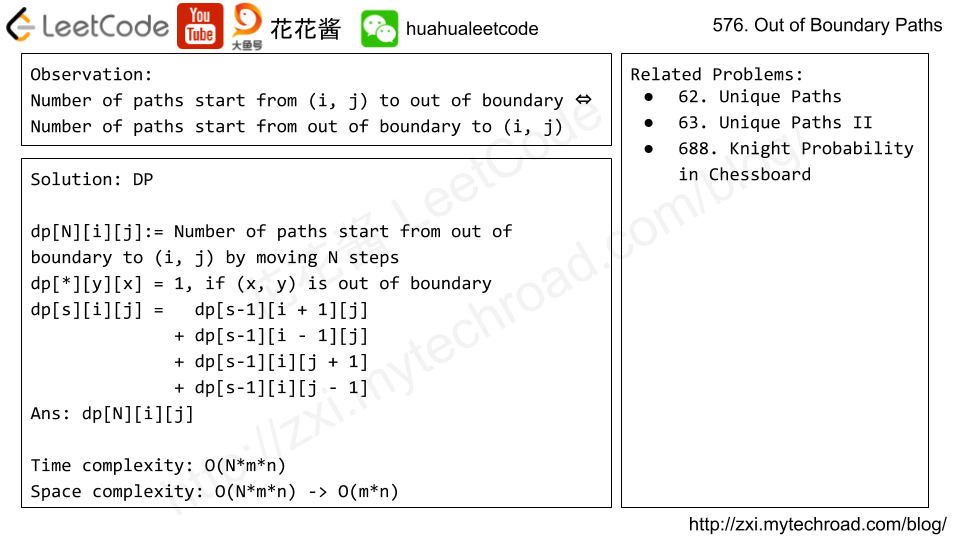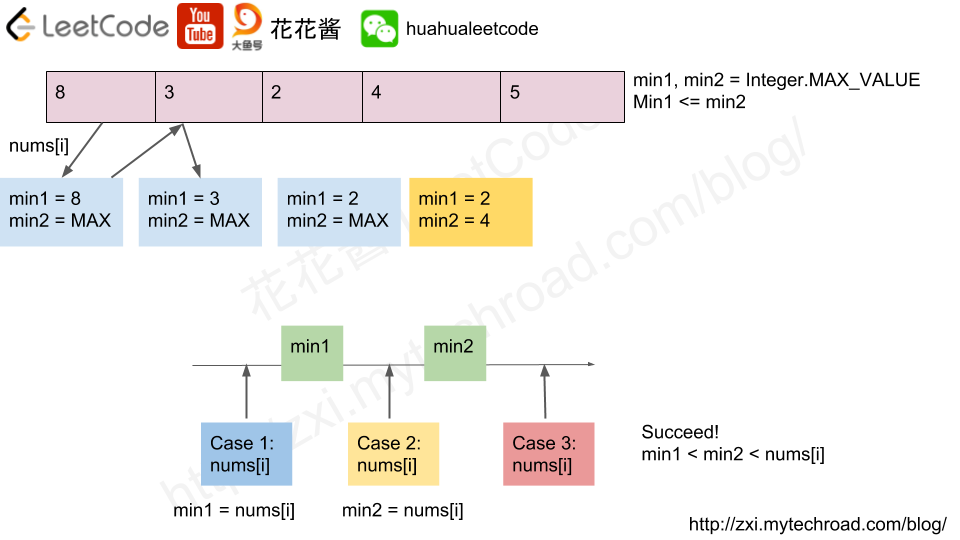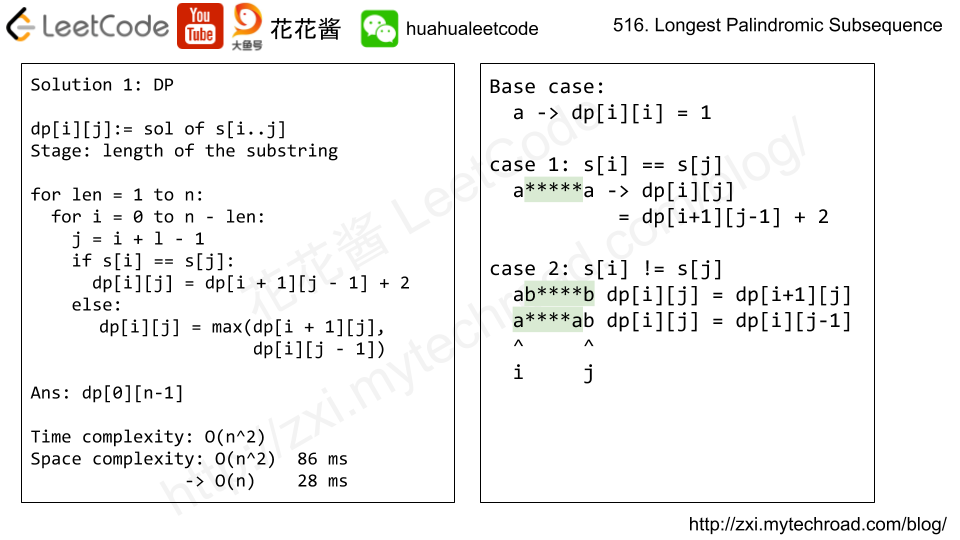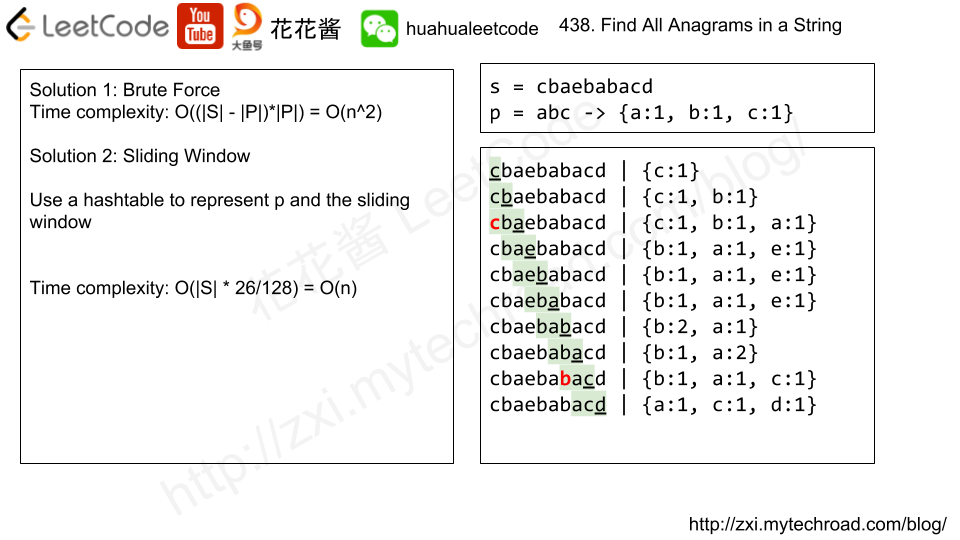Problem
For a web developer, it is very important to know how to design a web page’s size. So, given a specific rectangular web page’s area, your job by now is to design a rectangular web page, whose length L and width W satisfy the following requirements:
1. The area of the rectangular web page you designed must equal to the given target area. 2. The width W should not be larger than the length L, which means L >= W. 3. The difference between length L and width W should be as small as possible.
You need to output the length L and the width W of the web page you designed in sequence.
Example:
Input: 4 Output: [2, 2] Explanation: The target area is 4, and all the possible ways to construct it are [1,4], [2,2], [4,1]. But according to requirement 2, [1,4] is illegal; according to requirement 3, [4,1] is not optimal compared to [2,2]. So the length L is 2, and the width W is 2.
Note:
- The given area won’t exceed 10,000,000 and is a positive integer
- The web page’s width and length you designed must be positive integers.
Solution
Time complexity: O(sqrt(n))
Space complexity: O(1)
C++
|
1 2 3 4 5 6 7 8 9 |
// Author: Huahua // Running time: 3 ms (<98.48%) class Solution { public: vector<int> constructRectangle(int area) { for (int i = sqrt(area); i >= 1; --i) if (area % i == 0) return {area / i, i}; } }; |





